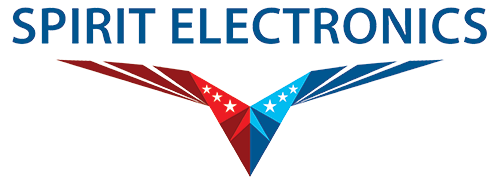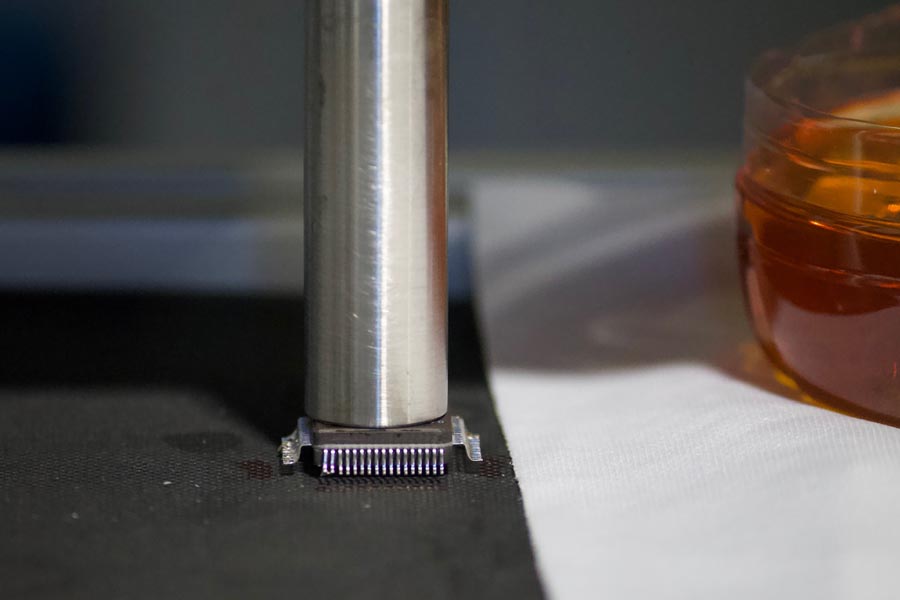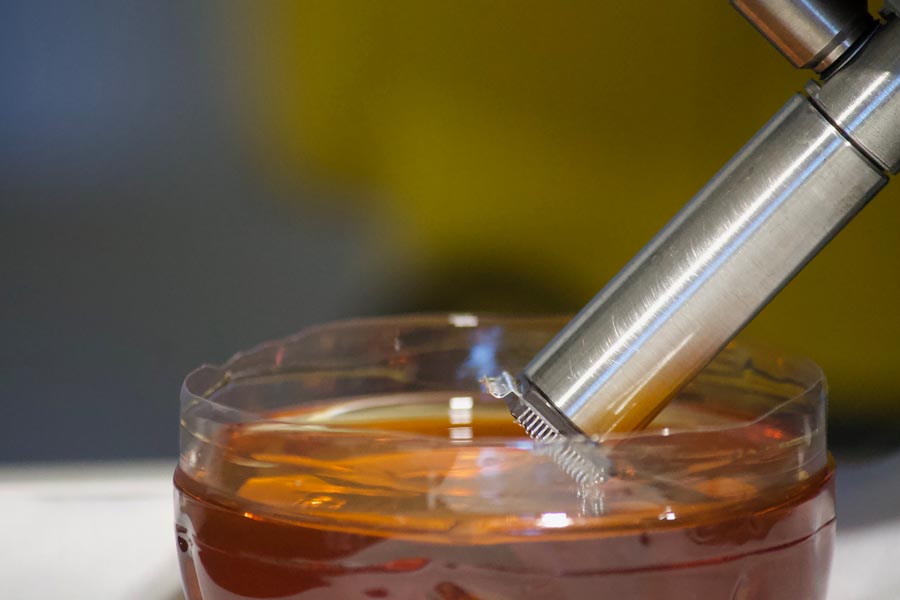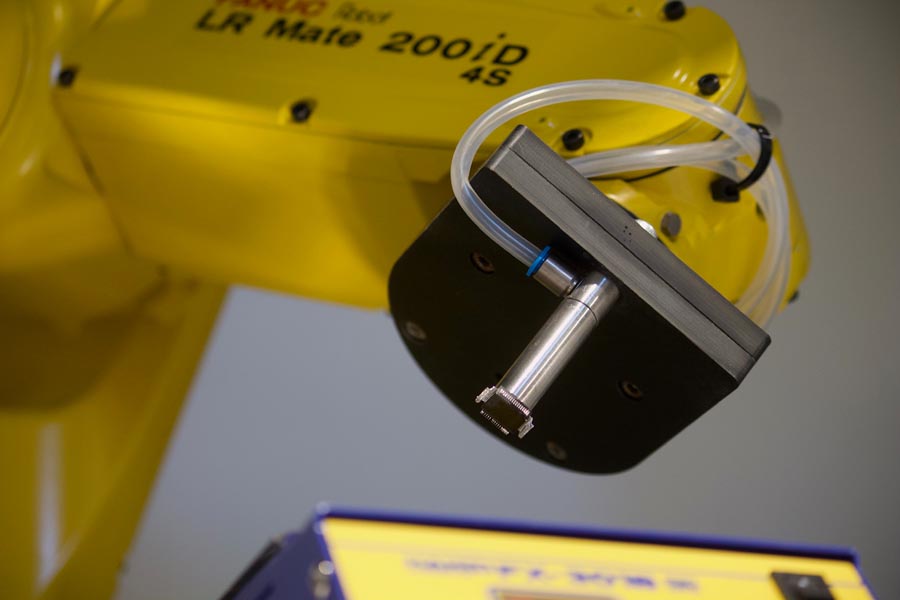INSPECTION & ANALYSIS
Component Inspection & Analysis for Assured Reliability
Spirit Electronics is your quality assurance partner. Our inspection and analysis services ensure the integrity of your parts. We know our customers – and yours – rely on expert, thorough inspection because failure is not an option for mission critical applications.
C-SAM: Scanning Acoustic Microscopy
C-SAM is a non-destructive internal inspection of microelectronic parts for failure analysis (back end, front end), reliability testing of components, process and production control, vendor qualification and quality control and R&D. This test provides imaging of a device’s interior layers and is used in detecting defects such as delaminations, adhesion artifacts, voids, bubbles, holes, cracks, particles, inclusions, etc.
C-SAM is used on:
- Plastic encapsulated ICs
- Flip Chip systems (CGA, FCBGA, PBGA, FPBGA…)
- Bonded wafers
- Printed circuit boards
- Capacitors
- MEMs
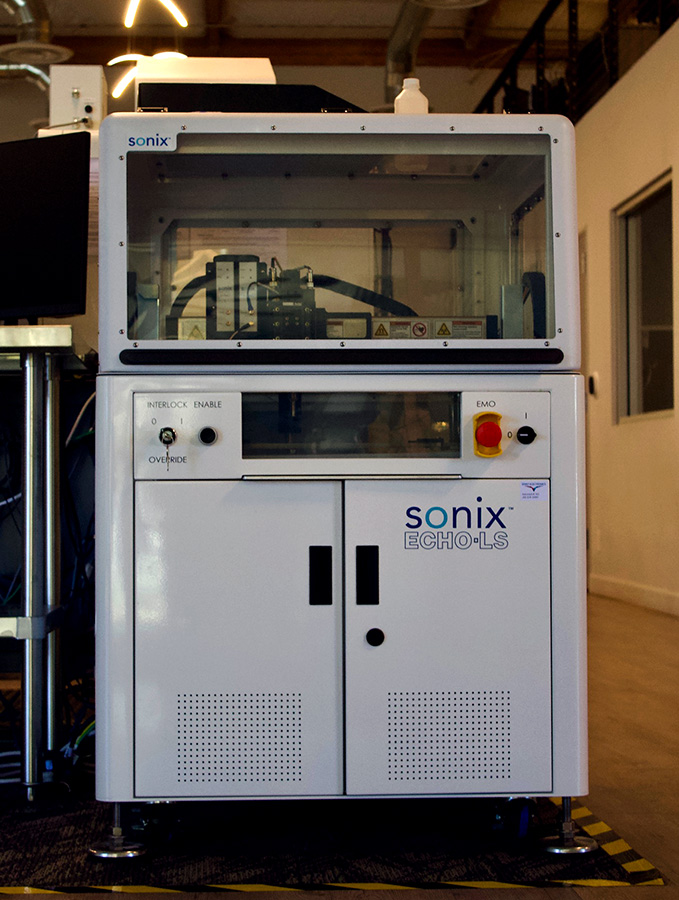
PIN-D
Detect failure risks in encapsulated components.
Test circuit connections inside encapsulated components with PIN-D testing.
Apply a high-rate vibration to components to detect “noise” that indicates loose connections that put the component at risk for failure. Ensure circuit performance in harsh movement conditions.
For a limited time, we are offering free PIN-D testing with lead trim services.
X-Ray Inspection
Verify the condition and connections in your components with x-ray inspection.
X-ray inspection verifies that a component is internally in good condition. This simple method can be performed as a stand-alone inspection or support screening and qualification test flows like a PEMS Qual.
Inspect components without removing them from reels or packaging.
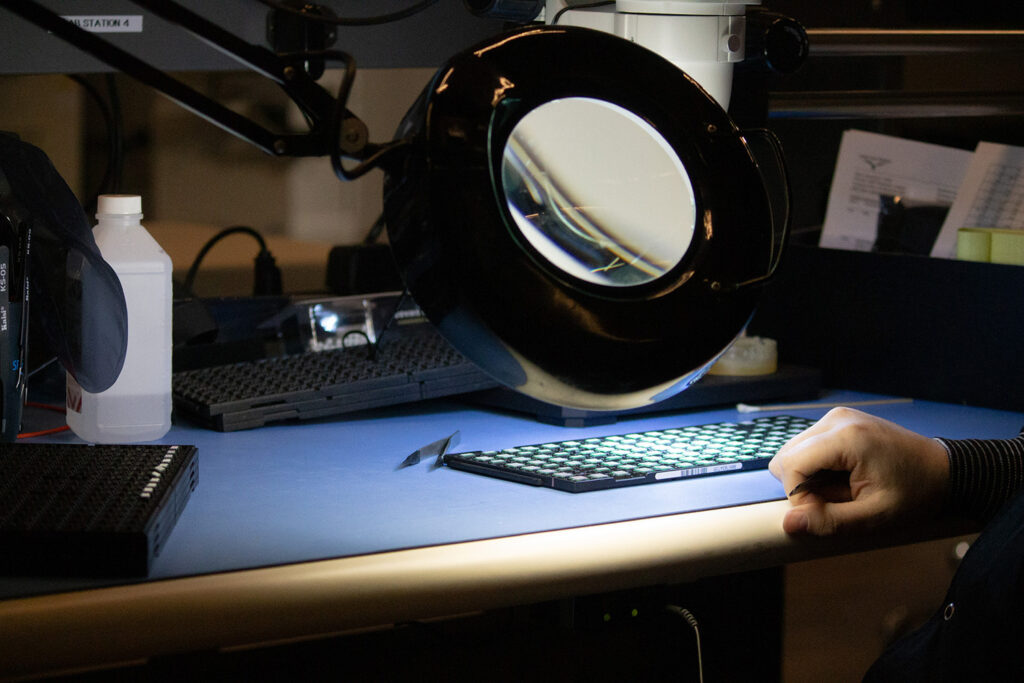
XRF Analysis
XRF composition analysis for solder finishes and leads
Know your material composition meets product specs and standards with X-ray Fluorescence (XRF) analysis.
Verify solder or coating thickness to design specs and materials requirements for high-reliability and harsh environments. Our XRF report includes composition ratios with high-resolution images with views down to 0.025 microns.
Aerospace and defense applications are at higher risk for whiskering and shorting with commercial pure-tin leads. XRF analysis confirms sufficient lead (Pb) composition ratios to prevent whiskers and ensure component reliability in performance.
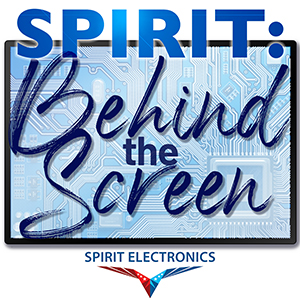
XRF Analysis with Hitachi’s Matt Kreiner: What Is It Made Of?
In this podcast episode, Hitachi product manager Matt Kreiner talks with Marti McCurdy about Spirit's Hitachi EA6000VX and what it can do. From coating analysis to component mapping, the EA6000VX can tell you what you need to know to inspect and qualify your component lot for production.
Solderability
MIL-STD-883 test method 2003
J-STD-002
Solderability testing is a destructive test ensuring device leads or terminations will form a reliable connection when soldered. This is especially important in aerospace and defense applications that require tin-lead (SnPb) eutectic solder.
Solderability Testing includes:
- Preconditioning
- Preconditioning by steam age or baking simulates device aging due to shipping and storage before assembly.
- Automated Solder Dip
- Spirit uses a robotic solder dip for fast and precise solder application.
- Examination of Leads/Terminations
- Spirit performs a visual inspection of the leads under magnification to look for pinholes, nonwetting and dewetting, where the new solder has not adhered or left the lead partially or fully exposed. To pass, the leads must be at least 95% covered by the new solder coat.
- After being subjected to high humidity levels, parts are tested to see how well the leads bond onto solder.
- Each part is picked up by Spirit’s solder robot, dipped in flux, dipped in solder and carefully examined.

